1. Colorado
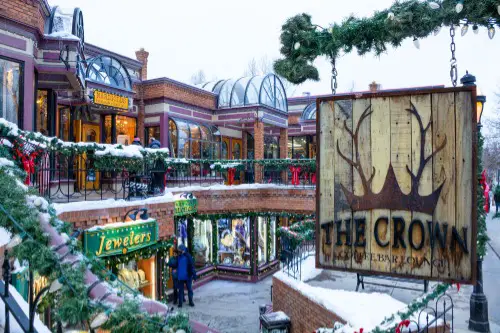
Colorado’s mountain towns and outdoor adventure culture draw millions every year. Tourists love to hike, ski, and soak in those jaw-dropping views. But for locals, the surge in popularity has made it hard to afford rent in cities like Denver and Boulder, according to Nicole Cord-Cruz from Islands. Once-sleepy towns like Telluride and Breckenridge now feel more like resort villages than hometowns.
The influx has also led to packed trails and serious strain on the state’s natural ecosystems. Wildlife encounters are becoming more common—and not always in a good way. Locals often find themselves priced out of housing due to vacation rentals and second-home buyers. They’re proud of their state, but sometimes wish it had stayed a secret a little longer.
2. Florida
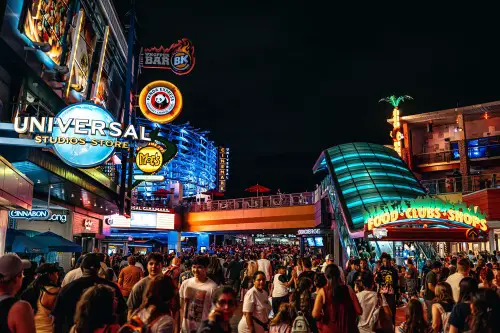
Florida is a tourist magnet thanks to its beaches, Disney parks, and year-round sun. But ask a local, and you’ll hear about the constant traffic, rising cost of living, and crowds that never seem to leave. Cities like Orlando and Miami are swamped with visitors year-round, leaving little breathing room for residents, according to Jenna Kelley from Islands. And don’t even mention spring break in places like Fort Lauderdale.
Many Floridians feel like they live in a theme park they didn’t sign up for. The nonstop development to support tourism has changed the landscape, often at the cost of natural areas. Hurricanes make life stressful enough without an extra few million people clogging evacuation routes. It’s not all sunshine when you’re stuck in bumper-to-bumper on I-4.
3. California
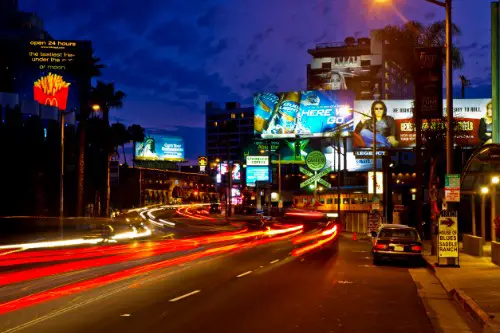
California’s got everything from wine country to surf towns to Hollywood glitz. It’s basically built for tourism, but that’s not always a good thing if you’re a local. In hotspots like Los Angeles and San Francisco, the high cost of living and overcrowding are daily struggles. Residents in places like Lake Tahoe often feel pushed out by vacationers and wealthy out-of-towners.
Then there’s the traffic—it’s as bad as they say. Locals in Yosemite or Big Sur have seen their once-peaceful areas transformed into constant Instagram backdrops. And wildfire seasons make things even more complicated when tourists don’t follow safety guidelines. There’s a love-hate relationship with tourism that’s hard to ignore, according to Scott Detrow from NPR.
4. New York
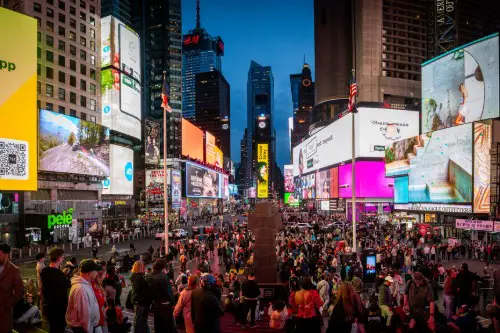
New York is iconic—Times Square, Broadway, Central Park, all that jazz. But for actual New Yorkers, especially in the city, the constant crowds can be overwhelming. Daily commutes are clogged with people who don’t understand subway etiquette. And then there’s the sky-high rent, partially fueled by demand from investors and short-term rentals.
Locals often feel like the city is more for tourists than for them. Try finding a spot at your favorite neighborhood restaurant when a tour group rolls in. Even upstate New York sees tension, with small towns getting overrun during leaf-peeping season or summer weekends. New Yorkers love their home—but they’d love a little breathing room, too.
5. Arizona
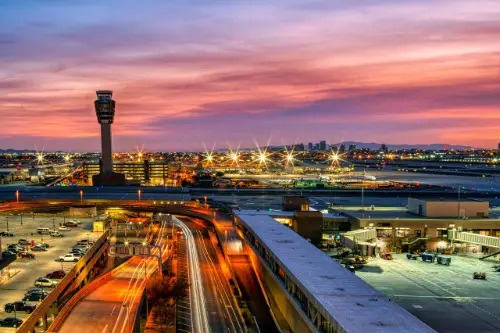
Arizona’s stunning desert landscapes and the Grand Canyon pull in visitors from all over the world. But locals, especially in cities like Sedona and Flagstaff, are feeling the pinch, according to Taylor Knight from The New York Post. Tourism has driven up prices and turned quiet towns into crowded attractions. Traffic jams in a remote canyon town? Yep, it’s real.
Locals are also frustrated with tourists who don’t respect the natural environment. Vandalism at sacred Native American sites and litter on popular trails are common complaints. Add in the strain on water resources, and you’ve got a state feeling the heat—literally and figuratively. The desert’s beauty is real, but so is the burnout.
6. Hawaii
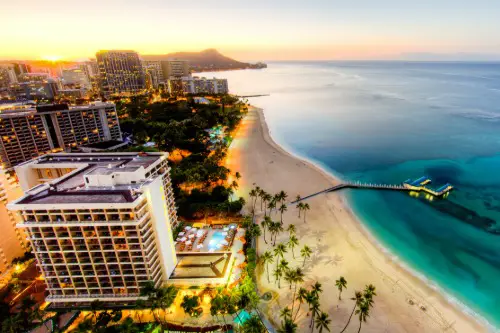
Tourists flock to Hawaii for its tropical beaches, hula culture, and postcard-worthy sunsets. But for locals, the influx of visitors has made everyday life more expensive and congested. Housing prices have skyrocketed, with many locals being priced out of their own communities. Traffic in places like Honolulu is no vacation, and some beaches feel more like tourist traps than local escapes.
The tension has gotten real enough that some residents have started putting up “keep the country country” signs and calling for limits on short-term rentals. Tourism makes up a huge part of the economy, but it also strains natural resources and infrastructure. Many locals work in hospitality but can’t afford to live comfortably. It’s a beautiful paradise—for those just passing through.
7. Nevada
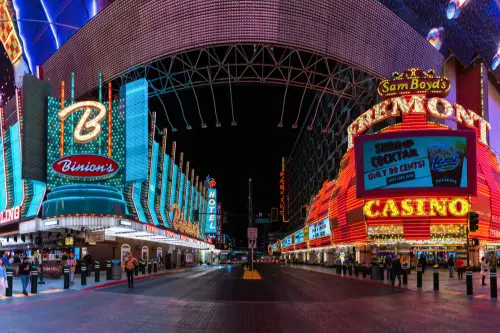
Las Vegas is a 24/7 party for tourists, but for locals, it’s just Tuesday—and it’s exhausting, according to Kristen DeSilva from the Las Vegas Review-Journal. Residents deal with rising housing prices and jobs heavily tied to a volatile tourism industry. Outside of Vegas, places like Reno and Lake Tahoe are also seeing rapid changes due to an influx of visitors. What used to be affordable desert towns now face California-level rents.
There’s also a darker side—tourists sometimes forget that real people live here. Public drunkenness, property damage, and traffic accidents spike during peak seasons. Nature areas like Red Rock Canyon are overused and under-protected. It’s not all jackpots and neon lights when you live behind the Strip.
8. Texas
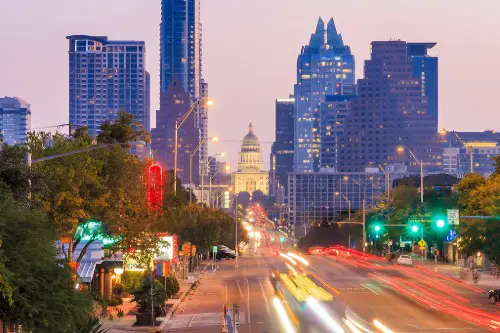
Texas is huge, diverse, and full of interesting cities—Austin, San Antonio, Houston, and beyond. But Austin especially has become a magnet for tourists, and locals are feeling the side effects. Rising rent, overcrowded music venues, and traffic have changed the vibe of what used to be a quirky, laid-back town. Locals miss “old Austin,” and they say it out loud.
Tourism has contributed to gentrification and the loss of some cultural landmarks. During events like SXSW or ACL, the city practically shuts down for locals. Even places like Marfa or Fredericksburg are feeling the squeeze as tourism grows. Texas is still Texas, but the cultural shifts are hard to ignore.
9. North Carolina
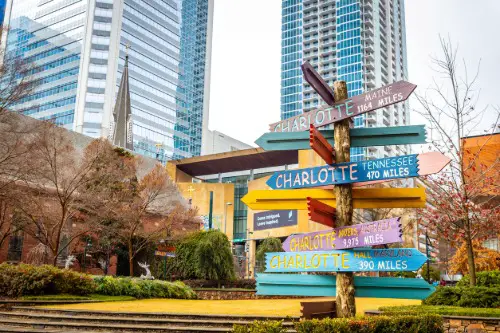
From Asheville’s mountain charm to the Outer Banks’ breezy beaches, North Carolina has a lot to offer tourists. But the growth in tourism has brought big changes that don’t always sit well with locals. Asheville has seen a boom in Airbnb listings, squeezing out affordable housing. The quaint feel is fading fast under the pressure of popularity.
Traffic through the Blue Ridge Parkway has gotten intense, and littering in national parks is becoming a problem. Coastal communities are grappling with seasonal overcrowding and environmental damage. The charm that draws tourists is the same thing locals are trying desperately to protect. It’s a balancing act that’s getting harder every year.
10. Oregon
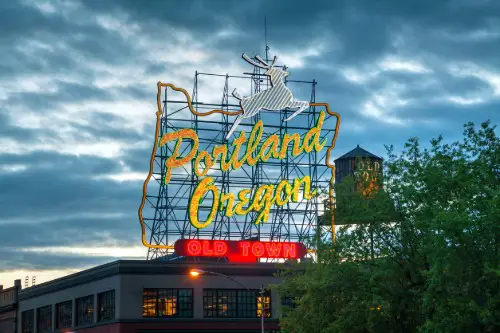
Oregon’s natural beauty and quirky cities like Portland draw people in by the millions. But ask a local, and you’ll hear complaints about over-tourism, especially in nature spots. Places like Multnomah Falls and Crater Lake are now swamped during peak seasons. Parking lots are overflowing, and trails are suffering from erosion and misuse.
In Portland, housing costs have jumped, and long-time residents blame a mix of tech transplants and tourism-driven development. There’s also resentment toward people who visit and then decide to move there without understanding the local culture. It’s a gorgeous state, but the influx is testing patience. Oregon nice is still a thing—but it’s being stretched thin.
11. Louisiana
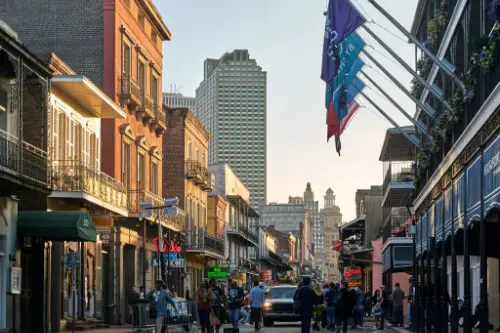
New Orleans is one of the most visited cities in the country, with good reason—food, music, culture, and more. But the city’s heavy reliance on tourism comes at a price for locals. Short-term rentals have made it hard for residents to afford housing, especially in historic neighborhoods. The French Quarter feels more like Bourbon Street 24/7 than a place people actually live.
Locals are also tired of tourists treating the city like a playground with no rules. Public drunkenness, disrespect during Mardi Gras, and over-commercialization are constant issues. Even cultural traditions like second lines and jazz funerals are sometimes co-opted for tourist entertainment. The Big Easy is magical—but it’s not your personal amusement park.
12. Montana

Montana used to be a quiet, open-sky kind of place. But thanks to social media and shows like Yellowstone, it’s become a trendy destination. Tourists are flooding into towns like Bozeman and Whitefish, driving up housing prices and changing the culture. What was once affordable and peaceful now feels exclusive and overrun.
Locals complain about traffic on once-empty roads and increased tension over land use. Many residents don’t appreciate the influx of people who treat the state like a rugged fantasyland. There’s also growing conflict over conservation versus development. Big Sky Country is feeling a little cramped these days.
13. Alaska
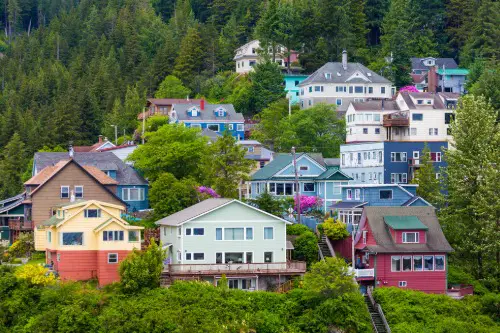
Alaska’s rugged beauty and wildlife are a dream for adventure-seekers. But for locals, especially in smaller towns, cruise ship tourism has overwhelmed their infrastructure. Ports like Juneau and Ketchikan see thousands of tourists a day during peak season. That’s a lot of people for towns that small.
The environmental impact is another sore spot, especially with increased waste and disruption to local ecosystems. Residents also report that jobs in tourism often don’t pay enough to live comfortably year-round. There’s pride in sharing Alaska’s magic, but frustration that it comes with so many downsides. It’s a fine line between showcasing and preserving.
14. South Carolina

From Charleston’s historic charm to Myrtle Beach’s boardwalk energy, South Carolina is a Southern gem for tourists. But locals in places like Charleston are seeing their hometowns transformed by the flood of visitors. Infrastructure isn’t keeping up with demand, and traffic in historic districts is a nightmare. The city’s charm is starting to feel a little staged.
Short-term rentals are pushing long-time residents out, and coastal erosion is being exacerbated by overdevelopment. Locals worry that the soul of the city is being lost to Instagram moments. Even festivals that once felt community-focused now cater mostly to out-of-towners. It’s still lovely—but it’s getting harder to love from the inside.


